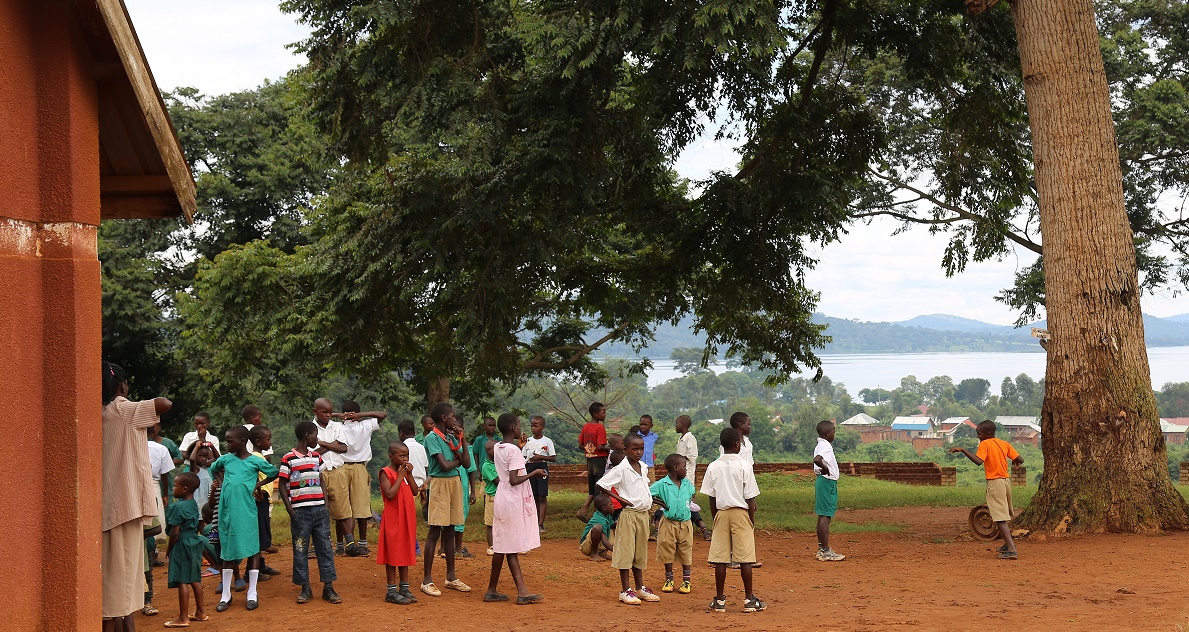SDG 4 indicator 4.7.1 reflects the knowledge and skills needed to promote sustainable development
So far, this series of blogs on the data needed to monitor progress towards Sustainable Development Goal 4 (SDG 4) on education has focused predominantly on indicators that explore educational outcomes and achievements for individuals, and the components that must be in place to ensure a quality education for all. But when we come to Target 7, we see a marked shift in perspective.
Target 7 takes a sweeping look at education and the wider world: By 2030, ensure that all learners acquire the knowledge and skills needed to promote sustainable development, including, among others, through education for sustainable development and sustainable lifestyles, human rights, gender equality, promotion of a culture of peace and non-violence, global citizenship and appreciation of cultural diversity and of culture’s contribution to sustainable development.
This blog zooms in on indicator 4.7.1: the extent to which (i) global citizenship education and (ii) education for sustainable development, including gender equality and human rights, are mainstreamed at all levels in: (a) national education policies; (b) curricula; (c) teacher education; and (d) student assessments.

Measuring political will and resources
The concepts to be measured in relation to 4.7.1 include the level of national commitment towards the attainment of target 4.7, such as the presence of political will and resources for concrete policies, curricula and assessment on global citizenship education and education for sustainable development. The indicator can be complemented by other indicators on these areas that assess learning outcomes through a more directly cognitive, socio-emotional and behavioral lens than we have seen for many other indicators.
Indicator 4.7.1 is defined as measuring the quantity and quality of country inputs, as well as whether the quality of GCED and ESD provision is good enough to be transformational. Thus, the indicator goes beyond the mere ‘existence’ or ‘mention’ of GCED and ESD in policy, curricula, teacher education and student assessment.
The data source for this indicator is a questionnaire that is sent to 195 UNESCO Member States every four years to monitor the implementation of the 1974 Recommendation concerning Education for International Understanding, Cooperation and Peace and Education relating to Human Rights and Fundamental Freedoms. This mechanism covers almost all aspects of the indicator. UNESCO analyses the survey results and reports to its General Conference on each country’s status. In 2016, UNESCO revised the survey tool to make it more relevant and easy to use, which will increase the response rate.
Countries’ responses to the UNESCO questionnaire are used to calculate the four components of indicator 4.7.1: (a) national education policy, (b) curricula, (c) teacher education and (d) student assessment. The curricula component is sub-divided into two sub-components: (i) curricular content and (ii) curricula resources. Results are reported for each component or sub-component separately but are not combined into an overall score on the grounds that strong progress in one component does not compensate for weak progress in another. Analyzing each component separately is more useful and informative in identifying the areas in which more efforts are required.
Progress on this particular indicator might be interpreted in relation to the priority and emphasis assigned to the areas covered by indicator 4.7.1 over time, i.e. if and how GCED and ESD exist, and changes in their frequency, priority and scope of implementation from one round of data collection to the next.
In addition, guiding principles on sources, data collection approaches and experiences on this topic can be drawn from the global monitoring and evaluation work conducted as part of the Decade for Education for Sustainable Development (DESD, 2005-2014). Other human rights monitoring frameworks, education sector reviews or thematic studies can act as additional data sources.
Equipping children to build a better world
There are, however, some methodological challenges. The indicator does not show whether national measures lead to desired changes in learning outcomes and does not assess learning outcomes directly. However, education policies, curricula, teacher education and student assessment are key intermediate outcomes of national commitment and effort to effectively implement GCED and ESD and to provide a conducive learning environment.
In some ways, indicator 4.7.1 is an outlier. By looking outward to the world beyond the classroom, it explores how the world’s children and youth can be equipped to help the world itself. By focusing on how their education can help to build a more peaceful, prosperous and sustainable world, this indicator captures the wider purpose of a quality education for entire societies, as well as the individual.
|
Where and how to find SDG 4 data
|
Read other blogs in this series:
Everything You Always Wanted to Know About SDG 4 indicators…. But Didn’t Know Who or How – to Ask!
Meet the SDG 4 Data: Measuring How Much Children Are Learning
Meet the SDG 4 Data: Preparing Children for Education
Meet the SDG 4 Data: Giving Youth the Skills They Need for the Job Market
Meet the SDG 4 Data: Indicator 4.1.1 on Skills for a Digital World
Meet the SDG 4 Data: Youth and Adult Literacy and Numeracy
Leave a comment